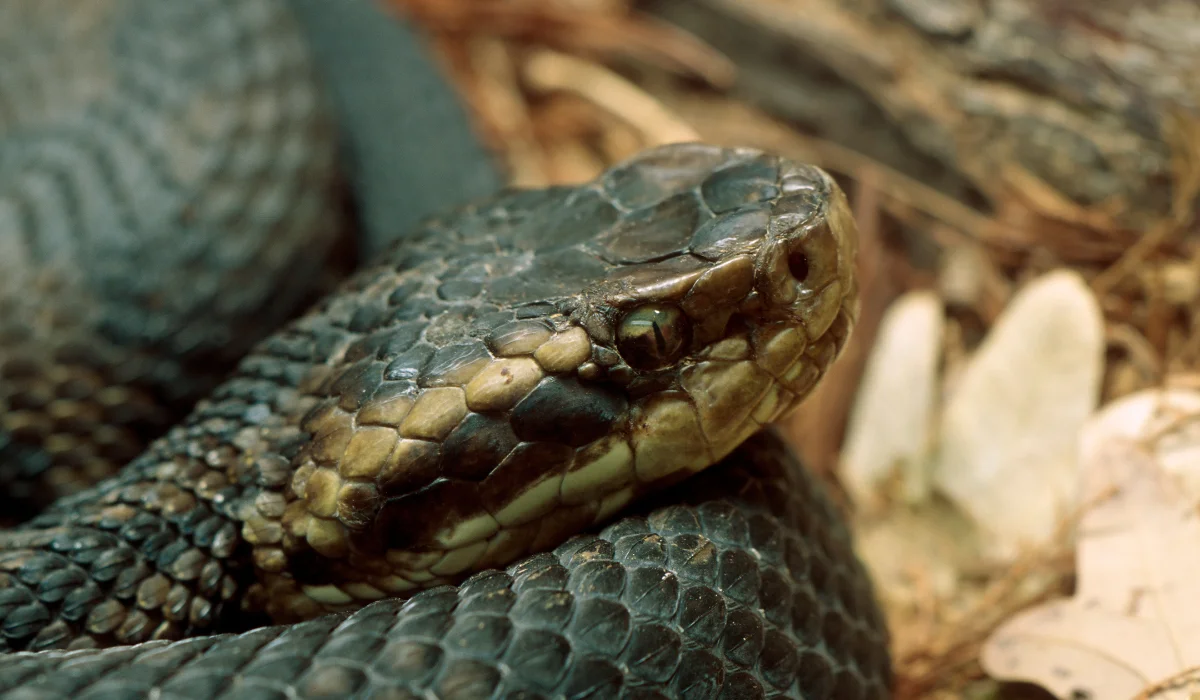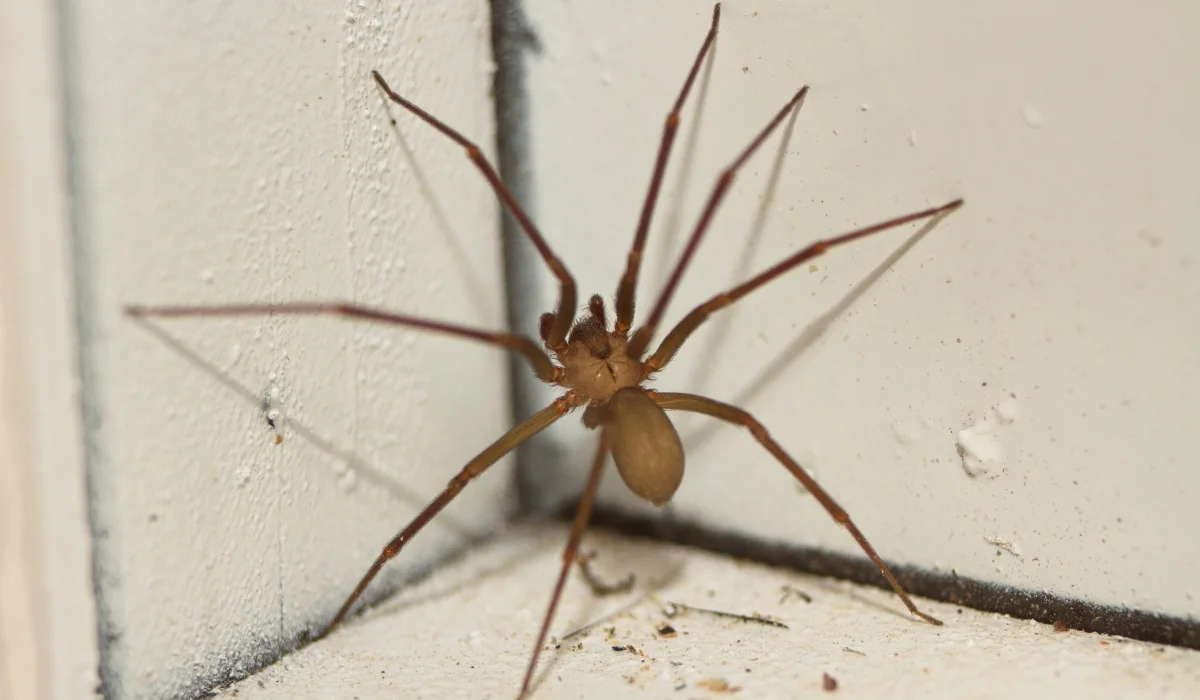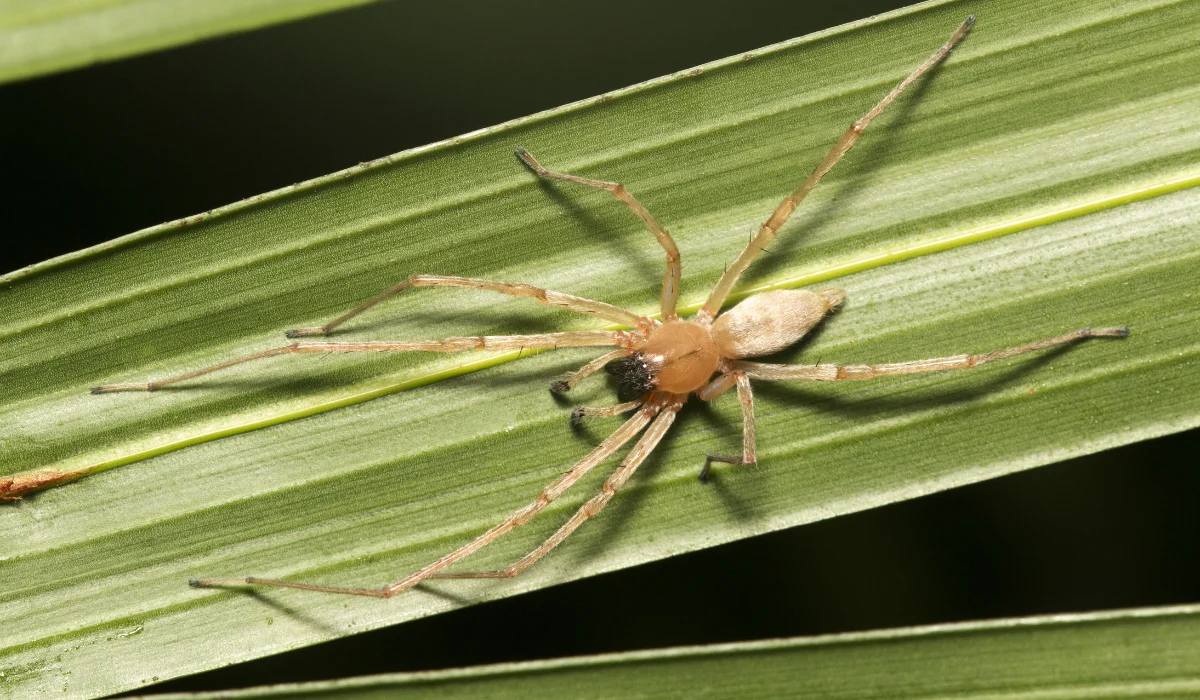The cottonmouth snake is more than just an intriguing part of Louisiana’s wildlife—it’s a creature to be cautious of. Known for its powerful venom and the unmistakable flash of its white mouth, this snake can seriously threaten those who encounter it.
Read on to learn more about what makes the cottonmouth fascinating and formidable.
Key Takeaways
- Cottonmouth snakes, or water moccasins, are venomous pit vipers in Louisiana’s wetlands.
- These snakes have dark, thick bodies and the white interior of their mouths, which they display when threatened.
- Cottonmouths feed on various animals, including fish and small mammals, and can survive in wet and dry environments.
- To prevent cottonmouth encounters, keep your yard clear of debris and call pest control.
WHAT ARE THE COTTONMOUTH SNAKES?
Cottonmouth snakes are pit vipers. They are known for associating with water habitats in the southeastern United States, including Louisiana, Texas, Mississippi, and Florida. They’re often called water moccasins, recognizable by their unique appearance and behavior.
Physical Characteristics
Also called northern cottonmouths, they boast some distinct features. Adults have stout bodies ranging from olive to dark brown, often displaying dark brown crossbands.
These colors help them blend into their surroundings. Juveniles differ slightly in appearance. They often display brighter colors.
Aside from their yellow tails, their head is triangular with distinct white linings around their mouth. It is particularly noticeable when they feel threatened and expose their “cotton” mouth, hence the name.
They are sometimes confused with non-venomous water snakes.
Habitat
Found predominantly in the southeastern United States, cottonmouths thrive in wetland areas. In Louisiana, they favor environments like swamps, canopies, rivers, and lakes, including those found along the Mississippi River. Despite their association with water, cottonmouths can also be found in dry wooded areas.
Diet
Cottonmouths are opportunistic feeders with a diverse diet. They eat fish, amphibians, salamanders, small mammals, and even other reptiles. This adaptability in diet helps them thrive in various environments. When hunting, they rely on their pit viper lineage, using heat-sensing pits to locate prey.
ARE COTTONMOUTH SNAKES DANGEROUS?
Cottonmouths belong to the family of venomous snakes that can harm humans.
Their venom contains hemotoxins that can break down blood cells and damage tissue. While rattlesnakes and copperheads share similar venomous traits, cottonmouths are distinct in their preference for water habitats.
If bitten, seek medical help immediately.
Although they are not broadly protected as endangered species, avoiding harming wildlife is important. Practice responsible cohabitation by respecting their habitat to lessen encounters.
The bites can be painful and cause swelling, though fatalities are rare. Known for their defensive display, they often open their mouths wide, showing their white interior to warn potential threats.
This behavior distinguishes them from other species of snakes, like the timber rattlesnake or pygmy rattlesnake, which rely on rattling sounds as a warning.
SAFETY TIPS IF YOU ENCOUNTER A COTTONMOUTH SNAKE
If you find yourself face-to-face with this Louisiana snake, follow these crucial tips to ensure a safe encounter:
- Stay calm and avoid sudden movements, as panicking could provoke a defensive reaction.
- Slowly back away and get out of the water to maintain a safe distance, giving the snake space to retreat.
- Be mindful of your surroundings, especially near water.
- Look for the cottonmouth’s distinct features, like its thick body and white mouth.
- Don’t attempt to handle or disturb the snake, even if it appears docile.
WHEN TO SEEK PROFESSIONAL SNAKE CONTROL
Cottonmouth snakes can cause concern in Louisiana. If a cottonmouth snake is frequently seen near the home or in populated areas, it’s time to consider involving pest control professionals. You can rely on them for safe and efficient handling of snake-related problems.
Whether you’re in Baton Rouge or New Orleans, seeking expert help should be easy. For immediate intervention for a severe infestation, let Lajaunie’s snake specialists tailor a solution that’s right for your home.
For more information about our services, visit our service page.
Related: Louisiana Water Snake or Cottonmouth? How to Tell the Difference
 By: LaJaunie's Pest Control
By: LaJaunie's Pest Control 


